Custom Packaging
Written By: Leslie Taylor | Article Date: April 06, 2022
Say It Through Packaging
Pique the interest of your customers through custom packaging. NextDayFlyers provides printing solutions for every business need. Add flair to your presentations and design custom labels, stickers, pouches, gift boxes, and other packaging supplies. NextDayFlyers is a trusted printing company that offers quick turnaround and on-time delivery. Order today to make your brand stand out!
The Ultimate Guide to Packaging
In marketing, presentation is essential if you want to grab the attention of prospective customers. How a product is presented can significantly influence the perception of those who have just begun to know your brand. Every element in your packaging plays a crucial role in establishing your brand.
Colors, fonts, design, materials, and shapes can reveal what your business is about, what you represent, or who your target market is. Your design can also show your customers what sets your brand apart from your competitors.
If you’re a business owner who wants to enhance your brand’s aesthetic and step up your packaging, here are guidelines to get you on the right track.
What to Look Out for Before You Design
Audience. It’s essential to understand your target market, what kind of products they want to purchase, and what would draw them to your brand’s packaging. For example, if you’re selling products designed for children, you wouldn’t choose dark or muted colors.
Visual branding. Packaging is an invaluable component of your branding. If you have a website, logo, or brand name, choose packaging that complements rather than works against your visual identity. Make sure to support your brand down to the last detail.
Messages. What ideas or messages do you want customers to think of when they see your brand? Bring your audience to mind. For example, sustainable and eco-friendly packaging may not suit inorganic or processed products.
Market. If you want to stay ahead of your competitors, you need to stay up-to-date with the standards in your industry. Is there a new packaging trend? What design will make you stand out? Sometimes, it can be good for your brand to explore unconventional packaging designs to set your product apart.
Package Design: The Basics
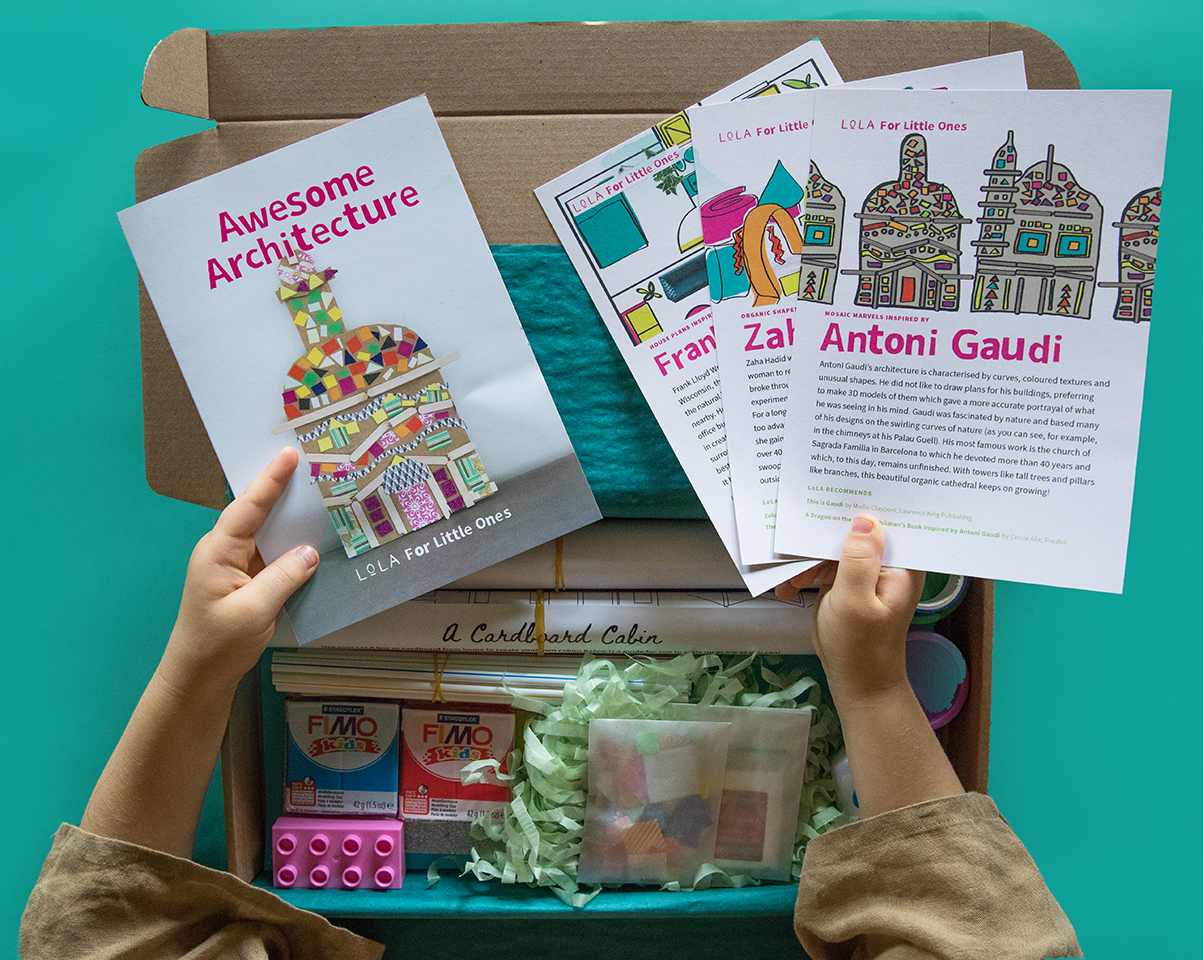
Before you decide on the type of packaging for your product, consider these factors when determining your brand’s creative direction:
Budget. What is your spending limit for packaging design? Your budget plays a significant role in developing the marketing strategy of your product. When allocating a budget for packaging, remember to account for the creative work behind it and not just the packaging. If you want to be more hands-on, NextDayFlyers offers easy-to-use online design tools where you can try creating your own packaging design, even if you have little to no experience in designing graphics.
Transportation. How will your product be delivered? Is the product fragile? Will the packaging be squished, torn, or ruined while in transit? Choose packaging that keeps your product secure and intact while looking attractive.
Materials. Are you choosing paper, cardboard, or plastic? Processed or sustainable? Your choice of material depends on your brand’s style, values, and product or service offerings.
Product Essentials That You Need to Include in Your Packaging
Product name. The first thing your customers should see when they look at your packaging is the product’s name. Place it prominently in front of the packaging.
Images. Include brand logos or any other elements your designer has created for your product packaging.
Product information. This could be a brief explanation of the product, what it does, its expiry date, or your brand’s tagline.
Important details such as nutrition facts, bar codes, or safety labels.
Some industries have specific regulations to add information like bar codes, ingredient lists, and nutrition facts, depending on the product type. Ensure that all the necessary information is included in the packaging.
Batch codes. Batch codes have an essential role to play in product traceability. These codes may include the production date, time, and batch number, among other information.
Instructions for using or maintaining the product.
Some products require special instructions. Food is an excellent example—specific food products need to be refrigerated or cooked a certain way.
What Type of Packaging Fits My Needs?
Now that you’ve decided on your framework for packaging design and you’re
aware of the basics, choosing the right type of packaging comes next.
Packaging comes in three types:
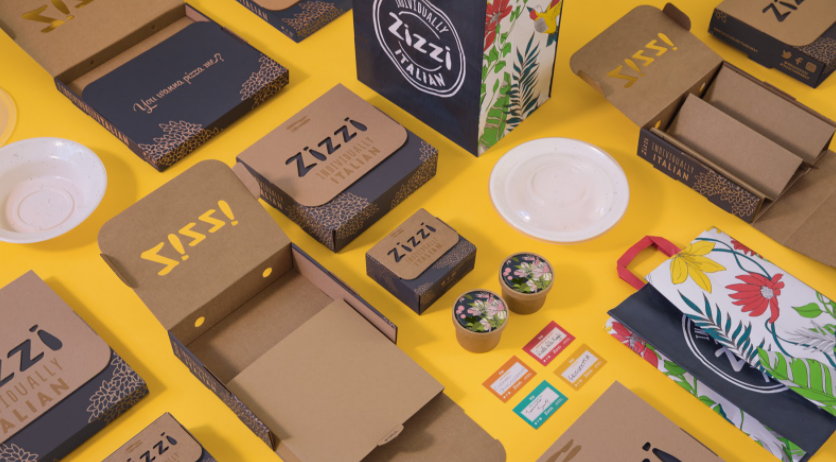
Outer – The outer packaging is the first thing your customer sees when receiving their goods. It protects your product from dust, dirt, and the elements. An example would be a gift bag or shopping bag where the product is placed.
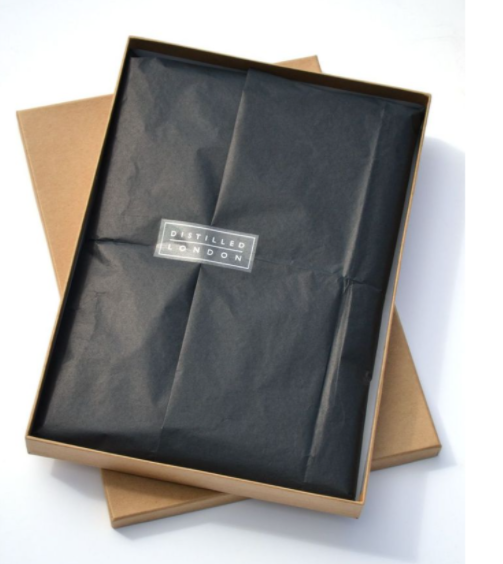
Inner – The inner packaging helps protect the product during transport within the outer packaging. Examples include airtight bags that keep the product fresh or paper that prevents the item from getting damaged.
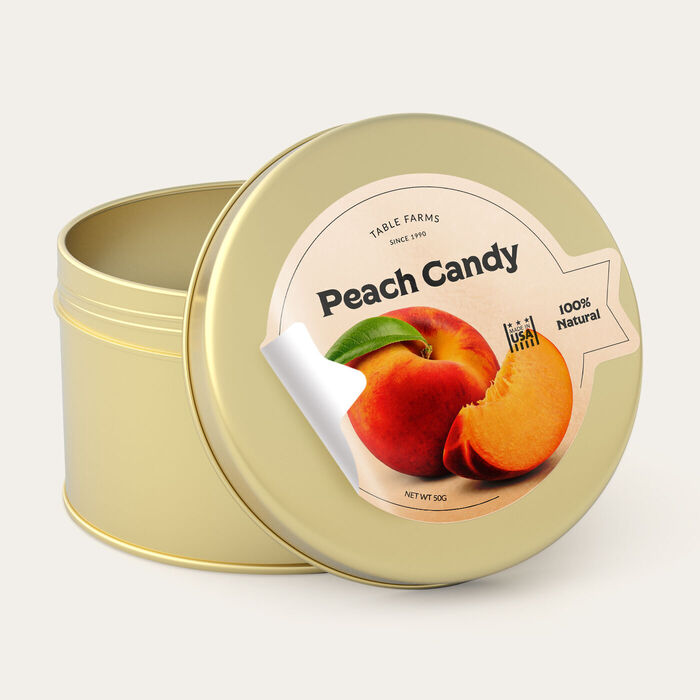
Product – The product packaging is the packaging of the item itself—the tag on a garment, the bottle with a label, or the wrapper of a food product.
What You Need to Know About Designing E-Commerce Packaging
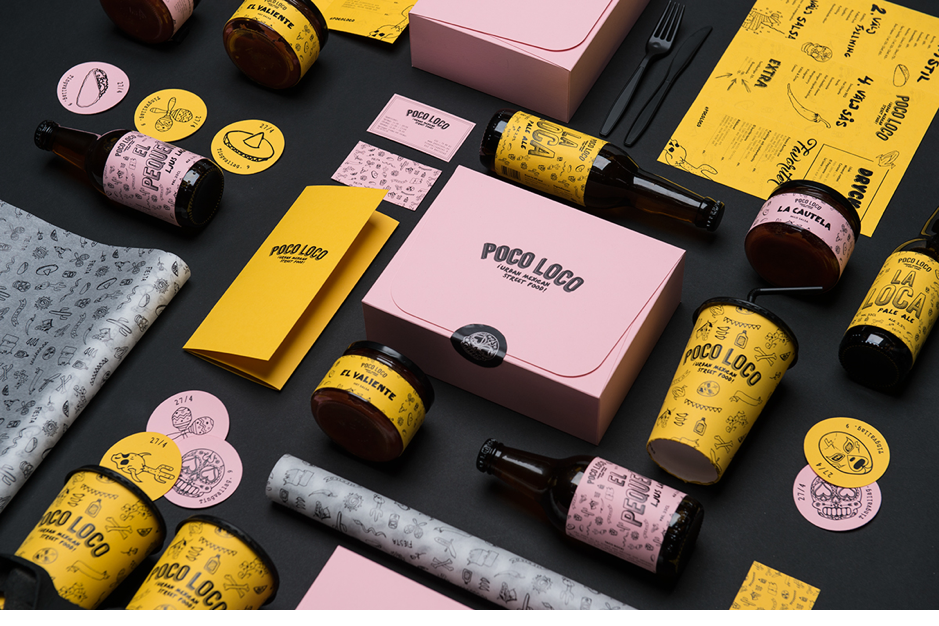
Ready to start designing your packaging? Here are the steps to consider in
the design process:
There are different types of product containers that you can choose from:
- Glass jars
- Bottles
- Boxes
- Cans
- Laminated envelopes
- Cardboard tubes
- Cartons
- Wrappers
The custom packaging process requires careful thought about branding, technical requirements and logistics, and competitor and market research. Be strategic in your marketing approach because it could positively or negatively affect your brand. Good packaging is aesthetically pleasing, authentic, and appealing to your target market.
Get High-Quality Custom Packaging Today!

